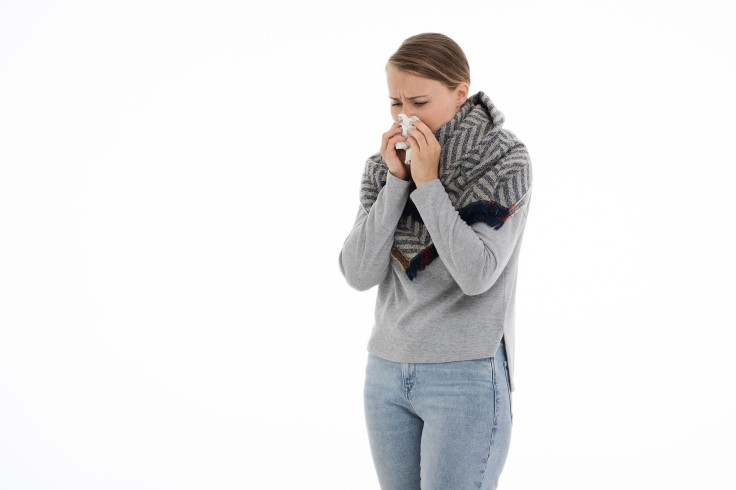Cold And Flu: New Study Points Out Why You Don't Get Them Both Simultaneously
KEY POINTS
- 9.3 million cases of flu reported every year in the U.S.
- Millions of people experience common cold every year
- The common cold-causing rhinoviruses and the influenza virus don’t attack a person simultaneously
Good news for people affected by the flu or a cold! Individuals with a cold are less likely to get the flu and vice versa, a new study shared.
The researchers from the University of Glasgow Center for Virus Research who analyzed viral test results of more than 44,000 individuals in Scotland and Glasgow between 2005-2013 had found that cold and flu don’t attack a person at the same time.
"It was clear that flu and rhinovirus -- which causes the common cold -- interact in a negative way. When there is a lot of flu in the population, there is little rhinovirus, and vice versa,” CNN Health quoted the study’s authors. “The finding might explain why colds and flu tend to have different seasonal peaks, which are repeated statistically each year. The cold virus declines at the time that flu peaks each winter, and that happens every single year."
In the same way, as animals compete with each other for food resources, respiratory viruses might also be competing for resources in the respiratory tract, explained one of the study authors. They opine that it is possible for these viruses to compete with each other to cause infection in the body or the immune response to one virus prevents another unrelated virus to infect the same individual.
While several studies have observed the interaction between colds and the flu, this is the first-ever large study that provided strong evidence of it. They tested for 11 kinds of respiratory viruses in more than 44,000 samples collected from about 36,000 individuals with acute respiratory illness. They found 35% of them to be positive for a virus and about 8% of them infected with more than one kind of virus.
The interaction between influenza A viruses and the common cold-causing rhinoviruses was reported to be the most significant one. Individuals affected with influenza A were about 70% less likely to be infected with rhinovirus than patients infected with other types of viruses, WebMD stated.
The most striking pattern noted was the decline in cases of respiratory virus rhinovirus occurring during the winter, when flu is on the rise.

© Copyright IBTimes 2025. All rights reserved.






















